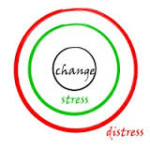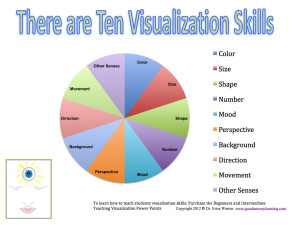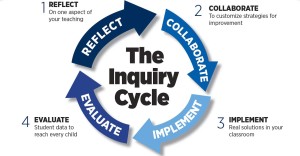Mindfulness and Leadership

There are many theories about what makes a leader. Leadership is described in Wikipedia as “a process of social influence in which a person can enlist the aid and support of others in the accomplishment of a common task”. For example, some understand a leader simply as somebody whom people follow, or as somebody who guides or directs others, while others define leadership as “motivating and organizing a group of people to achieve a common goal”. Another approach is defined as “The search for the characteristics or traits of leaders has continued for centuries. Philosophical writings from Plato’s Republic to Plutarch’s Lives have explored the question “What qualities distinguish an individual as a leader?” Underlying this search was the early recognition of the importance of leadership and the assumption that leadership is rooted in the characteristics that certain individuals possess. This idea that leadership is based on individual attributes is known as the “trait theory of leadership”. I think Plato and Plutarch were on the right track and based on the totality of their writings it is safe to conclude that when they refer to “traits” they mean inner, authentic traits rather than learned behavior that can be faked or acted out by memorizing a list of how to act in a given situation. We’ve seen many examples of that where eventually the person trips themselves up and is “discovered” to be faking it.
So how does one develop the traits that are seen and felt by others to the point where they want to emulate and follow that person’s lead. First and foremost is either a lack of fear or an ability to deal with fear constructively when it comes up. This is the primary advantage of practicing mindfulness. By learning to keep the attention in the present moment the nervous system is brought into balance and any vestige of stress/fight or flight is resolved. If it does come up it is skillfully dealt with and allowed to cycle through quickly. Focus is another trait recognized as a leadership quality and focus/attention is another primary skill that is developed with mindfulness. Energy is not as easy to identify in a quantitative way but is felt in a qualitative way. It can be referred to as charisma, magnetism or “it” and is honed by bringing present moment attention into the forefront of one’s experience so that the mind and body work harmoniously and then naturally allow for a high level of physical, mental and emotional energy.
A leader also has a unique ability to communicate. It can be verbal communication but is always backed up by non verbal communication. The body doesn’t lie and if the mind and body are not in synch it will reflect poorly on the ability to communicate. This ability to communicate clearly and with energy is facilitated by the access to the big picture which is another quality of mindfulness. The present moment expands the vision and allows for an abundance of information to be brought to bear in decision making. I call it “quarterback vision” as the quarterback is the only player on the field who has to know everything that is going on at all times. Another important quality of a leader is their ability to connect. At the core of mindfulness is the realization and experience that we are all connected. It becomes a palpable quality that is felt all the time. Others feel this about a person and are drawn to people that they can feel connected to. That experience of interconnectedness leads to many other qualities that are developed by mindfulness and can be seen as important to leadership. Some of those qualities are kindness, appreciation, compassion, flexibility, gratitude, forgiveness and a strong respect for life. If one is practicing mindfulness and developing all the above qualities and more then they are well on their way to becoming a leader who leads from authenticity rather than a cookbook. There are no shortcuts to leadership….or mindfulness.
Mindfulness and Leadership Read More »









